Advertisement
A case study from Chad Deal, MD, illustrates how patients may present
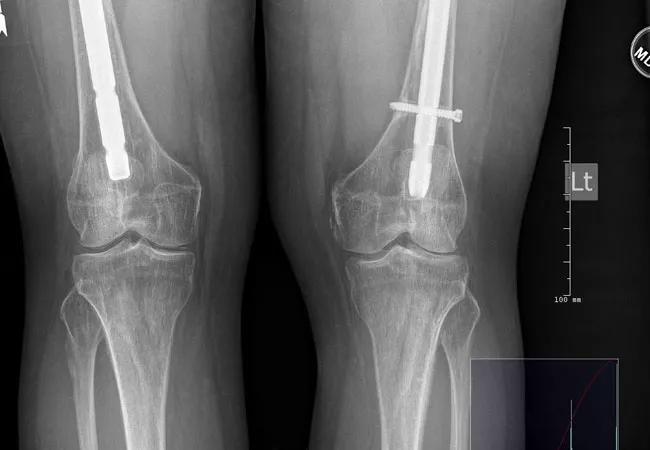
Rheumatologists most commonly see the adult form of hypophosphatasia (HPP), one of six major forms of the disease. The adult form is characterized by muscle pain, muscle weakness, recurring stress fractures, osteomalacia, a history of dental abnormalities and calcium pyrophosphate dihydrate crystal deposition in the cartilage (CPPD). Only a few small cohort studies characterize adult HPP in terms of clinical, radiographic and laboratory presentation.
Advertisement
Cleveland Clinic is a non-profit academic medical center. Advertising on our site helps support our mission. We do not endorse non-Cleveland Clinic products or services. Policy
Clinicians should take notice of persistent hypophosphatasemia, consider the diagnosis of HPP and be cautious when considering potent antiremodeling therapy in these adults since the underlying disorder is a defect in mineralization (osteomalacia), not osteoporosis.
Asfotase alfa has revolutionized the treatment of HPP. Asfotase alfa (Strensiq®), a mineral-targeted recombinant TNSALP, was approved by regulatory agencies in many countries in 2015 for pediatric-onset HPP. Adult treatment is off-label, but since the disease is the result of a genetic variant present at birth, all cases are in essence pediatric, even though those with mild disease may first present for evaluation much later in life. Most of these patients will have had unrecognized disease manifestations in their youth, such as premature loss of primary teeth before the age of five. The tooth loss is characterized by loss of the entire tooth with root intact and is a result of insufficient mineral in the cementum that covers the tooth and anchors the root to the periodontal ligament.
Prior to the availability of asfotase alfa, teriparatide had been used in several case reports with mixed success. Unlike using an antiresorptive agent, an anabolic agent like teriparatide is not likely to be harmful. Since the data on treatment with asfotase alfa is in children, the treatment of adults with HPP is less formulated. Shapiro and Lewiecki suggest treatment of adults be considered one or more of the following is present and determined to be clinically significant and attributable to HPP:
Advertisement
Advertisement

The many factors that influence 25(OH)D levels add complexity to questions about hypovitaminosis D
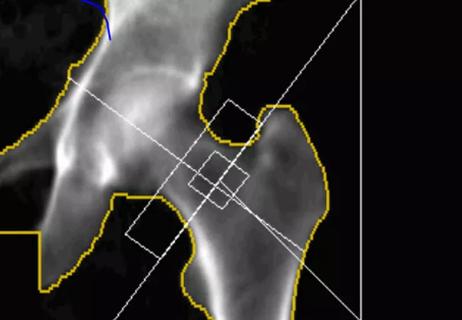
Benefit/AFF risk ratio favors 3–5 years of treatment
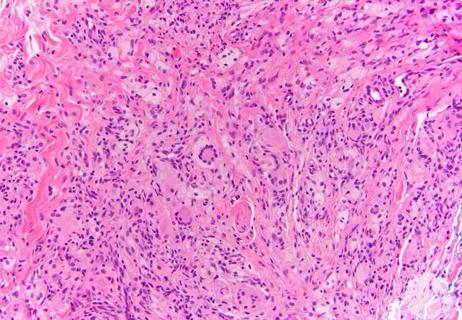
Puzzling constellation of findings lead to CT-guided bone biopsy
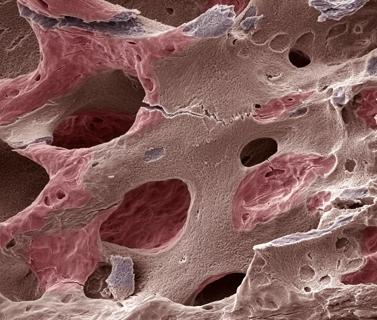
If denosumab is stopped, it should be replaced with another osteoporosis treatment
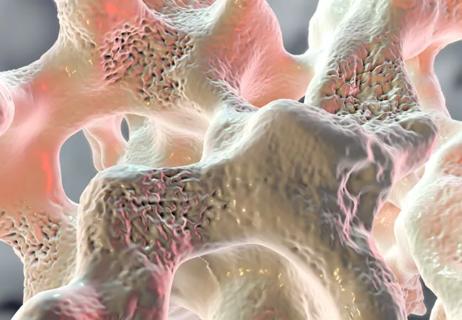
Dual-acting drug increases bone formation while decreasing resorption

Metabolic bone disease expert weighs evidence
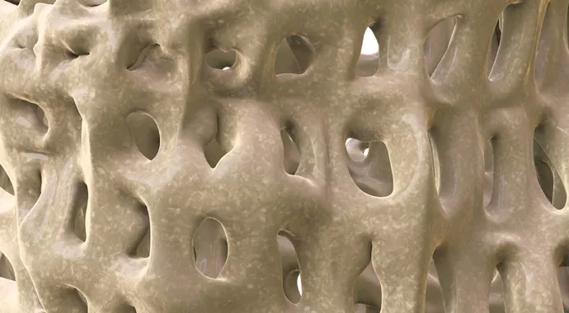
Beyond bisphosphonates

An up-close look at a lifetime of broken bones across generations